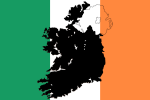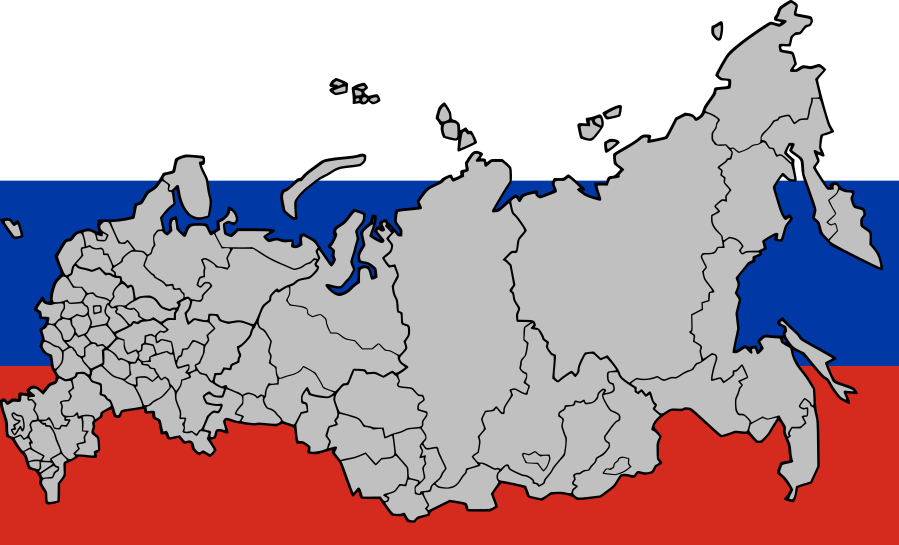
There are a great many things that are different about both the Republic of Ireland and Northern Ireland. Even different than London or the rest of Europe that we’ve seen.
Cars
Besides the driving on the left and sitting on the right, traffic is different between the Republic and UK. Road signs are mostly similar, but there is a contrast between the “feel” of the roads. I’m not certain I can say what, but there is something.
Despite there being no border control, I do not believe most Irish travel across the border very often. Currency differences, perhaps. This is leaving the people split into two groups that are no longer a cohesive Irish.
We drove down many roads that were barely wide enough to pass side by side. Some of the mountain roads did not even have any sort of guard rail (or even a wire fence).
One road was unpaved and only a car’s width wide. At one point, I looked over the side to see about 300 feet down. No kidding.
Drinks
Going into stores, the drink selection is small, do mostly to the small area available. Everywhere has milk, bottled water (still or bubbly), Coke, Coke Zero and Fanta Orange. Many also have Fanta Lemon and Club, another orange drink.
Both Fanta drinks were carbonated. The orange was not like US Fanta, it is more orange juice like, similar to Tang, but carbonated Tang. I have not had Fanta Lemon in the US, not sure if I’ve even seen it. It tastes somewhat like Fresca, although it has been a while since I had one of those.
I had a Sprite here. It included sugar and “sweeteners”, but it wasn’t labeled as diet.
I have only seen Pepsi in 2 grocery stores, in 1.5 liter bottles. Pepsi will never gain a true foothold here, the small stores just don;t have the space to have “extra” versions of drinks. Coke is the largest seller in the world, and will very likely remain here.
I bought an orange juice drink called Mi Wadi. It was a super concentrated OJ, being mixed with 9x water. It had an odd taste, but I got used to it after a few days. It also came in black currant and raspberry.
The bottles are also skinnier than what we are used to, likely due to the space restrictions in stores. They are thin enough, that it is hard to put one between your legs while driving. They tend to “roll” forward. I’ve never had that problem with US bottles.
Jams and Jellies
First off, don’t order jelly at a restaurant. What they call jelly, is gelatin or Jello, which can be found in small 3-4 oz pre-made containers at the grocery.
There are jams available, but I’ve only seen black current, strawberry, raspberry, and black berry. Occasionally, I see pepper (chili) jams, but I don’t really consider those.
Orange marmalade is quite plentiful. Although I’ve never cared for it, as it has strings of zest in it, making it tough. It normally has a bit of bitterness, perhaps as a part of the OJ reduction.
Many grocers also have lemon or tangerine. I did find a “shred-less” lemon marmalade, which is the closest thing to jelly I’ve seen. A couple years ago, I made a Mountain Dew jelly, this tastes similar. We’ve used about half the jar already, it is good.
Jams are made from fruit, jellies are made from just juice. I suppose that marmalade is jelly, with rind.
The small selection of flavors must have to do with the high cost of transport. It is cheaper to eat locally grown plants. Not many apple orchards in Ireland’s climate. Perhaps grapes in France and Spain are only good for wine making, not jam.
While I’m on jams and jelly, peanut butter is not popular outside the US, despite many cultures adopting peanuts into their cuisines. Thai is chock full of peanuts. Yet, all the Irish grocers we’ve visited had crunchy and smooth varieties.
Outlets
Countries throughout the world have adopted different plugs for their electric devices. Why? Obviously, to annoy me and to supply an industry to sell adapters.
The outlets in the UK and its commonwealth countries, including the ROI, use an awkward 240 volt plug, that has shut off switches for each outlet. Even the stoves have a shut off on the wall, to disconnect it from the mains. I don’t think my stove has been “disconnected” since it was bought.
There are a lot less outlets than we are used to, four in a room would be common.
The only outlet you will find in the bathroom might be a electric razor plug, which is physically different than all the rest.
Even the light switches are outside the door, or a pull cord inside. I suspect that a common kids prank it to flip the switch while a younger sibling is in there.
Many of the stoves and appliances were difficult for us to figure out how to get them turned on. The ovens are small, about 10 inches high. No roasting a turkey on this island.
Squeaks and Maintenance
I don’t know if it is cultural or just the dampness, but everything squeaks, doors, floors, tables, water in pipes. You can expect a noisy floorboard in an older house, but not all over the house, in every house. These were not really old houses either, perhaps about 20 years old.
We went to a “fancy” restaurant, and the table had squeaks (and rocked).
The house in Belfast had a door into the living room. I noticed the top hinge only had one screw on each side. There weren’t holes where other screws had been, they only used 2 of the 8 screws needed.
The Derry house had mold, aka “rising damp.” An occasional mold popping up in the bath is to be expected, but not in a bed room.
Internet
Internet in the ROI is not very good. I am not talking about speeds, that may be due to the house owners getting a cheaper plan. No need to spend big bucks on temporary visitors.
I had difficulty accessing various sites at different times. A site that loads now, may not load at all an hour later. I even had recurring problems with Google Maps, strangely, I would get the maps, but could not get directions.
In Limerick, I could not get my notebook to connect via WiFi, even though my iPad and mom’s computer connected fine. Luckily I brought an Ethernet cable, just for such times.
In Sligo, the WiFi, itself, would go offline for a few minutes, but I think it was just that lady’s bad equipment.
Getting my email was also a nightmare, that may have been a problem with Brighthouse’s security, though. I couldn’t even access webmail via their site, no login page, just nothing.
I don’t remember any problems once we were in Northern Ireland. The speeds were better also.
The Google Maps problem returned when we re-entered the Republic.
Water
The kitchen faucets have separate holes for cold and hot. You are able to scald and freeze yourself at the same time.
We did not have a single shower that had hot and cold knobs. They all had temperature and pressure adjustment knobs, neither seemed to work well.
In Dublin, the water temperature would cycle every minute or so, as if someone was alternating between running a hot tap and flushing the toilet. It was a large place, they should have been able to supply a consistent temperature.
Roofs
About 99% of the roofs I saw were slate or thatched, with the rest being metal sheet or wood shingle roofs. We even saw a few sod covered.
I don’t think I saw a single asphalt shingle on the whole island. Do they stand up to snow well?

